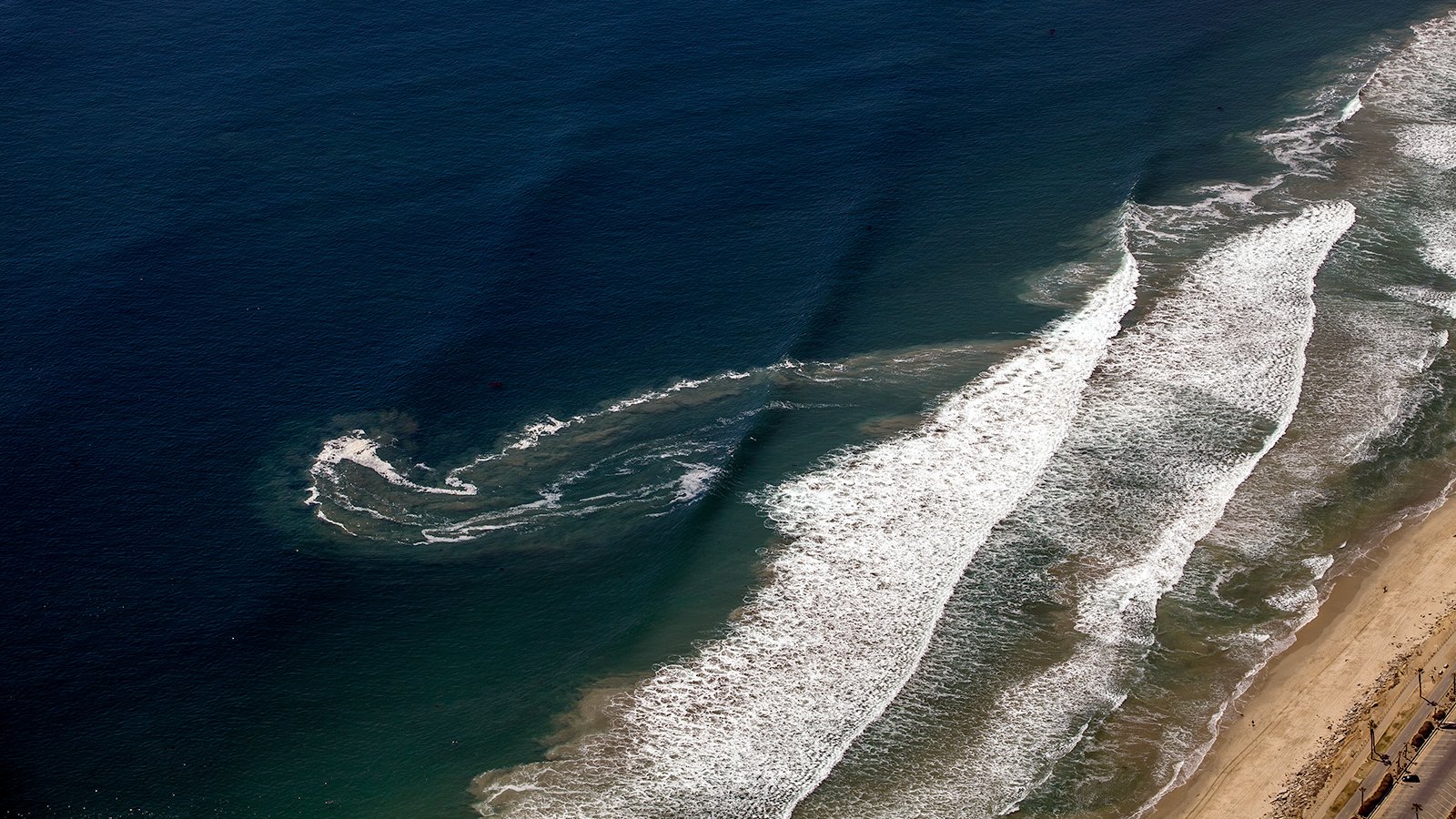How to Spot, Avoid, and Escape Rip Currents

How to Spot, Avoid, and Escape Rip Currents: Essential Safety for Southern California Swimmers
If you're an ocean swimmer, triathlete, or beachgoer in Southern California, understanding how to safely navigate rip currents is critical for your safety and confidence in open water. Rip currents are fast-moving channels of water that flow from the shore back out to sea, and they’re one of the leading causes of ocean rescues along the California coast.
At LA Tri Club, we’re committed to helping our athletes stay safe while enjoying ocean swimming. Our Ocean 101 Program prepares swimmers with the tools to swim confidently and safely in the ocean (including what to do in a rip tide). Whether you’re training for a triathlon or just enjoying a morning swim at Zuma, Venice, or Santa Monica, here’s what you need to know:
What Is a Rip Current?
A rip current (often called a rip tide, though that term is technically incorrect) is a narrow, powerful stream of water that pulls outward from the shore. They can move at speeds of up to 8 feet per second—faster than even an Olympic swimmer.
Rip currents are common at:
- -Popular beaches in Los Angeles County and Orange County
- -Breaks near piers, jetties, and sandbars
- -Days following large surf or tide changes
How to Spot a Rip Current
Before entering the water, take a few moments to scan for these signs of a rip current:
- -Water that looks darker with fewer breaking waves
- -A noticeable channel of choppy or foamy water moving seaward
- -Sand and debris flowing out to sea
- -A break in the wave pattern
Lifeguards are your best resource—always swim near a lifeguard tower and ask about current ocean conditions.
How to Avoid a Rip Current
- Swim at lifeguarded beaches. Most SoCal beaches have lifeguards—use them!
- Stay alert. If you're ocean swimming at dawn or dusk, visibility is low, making it harder to spot a rip.
- Swim parallel to shorelines. Avoid heading straight out from rocky areas, piers, or inlets.
- Swim with a buddy and wear a brightly colored swim cap for visibility.
How to Escape a Rip Current
If you find yourself caught in a rip, don’t panic. Follow these steps:
- Don’t fight the current. Trying to swim straight back to shore will exhaust you quickly.
- Swim parallel to the shoreline. Most rip currents are narrow—swimming sideways (parallel to the beach) for 20–30 yards will usually get you out.
- Float and signal for help if you're tired. Wave one arm and yell.
- Once out of the rip, angle your swim back to shore avoiding the same path.
Bonus Tip for Triathletes
Open water training is essential, but safety should always come first. Incorporate rip current awareness into your ocean swim training and group sessions. If you're leading a group swim, do a short pre-swim safety briefing and designate a spotter on the shore.
Stay Safe & Swim Strong with LA Tri Club
Ocean swimming is one of the greatest joys of living and training in Southern California. By educating yourself and staying alert, you can enjoy the waves with confidence. LA Tri Club members can join our weekly coached ocean swims, where safety is a top priority—and so is building strength, stamina, and smart habits in the surf.
For more swim safety tips and training opportunities, visit www.latriclub.com or follow us on Instagram @latriclub. Have questions about what to do in a rip current, or how you can join our Ocean 101 Program? Email us at hello@latriclub.com



